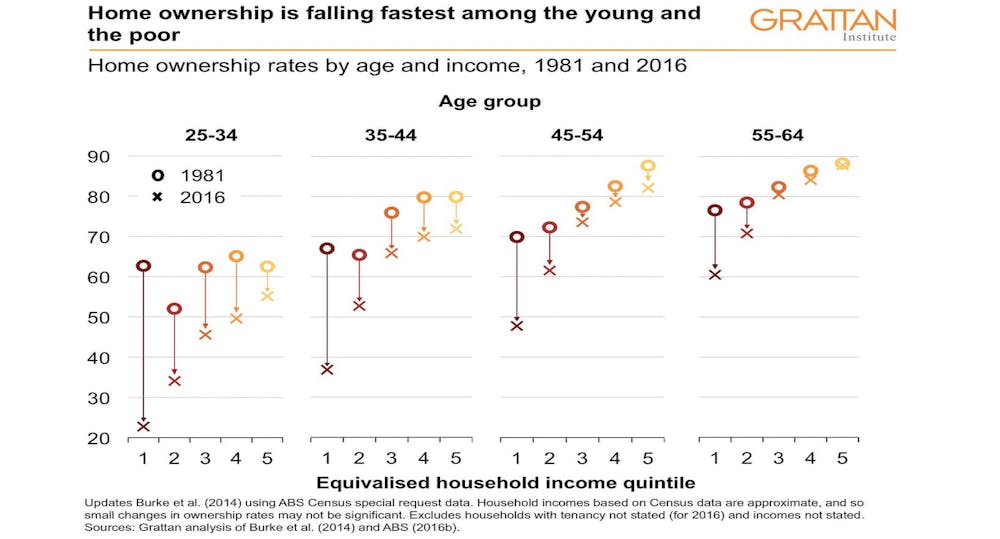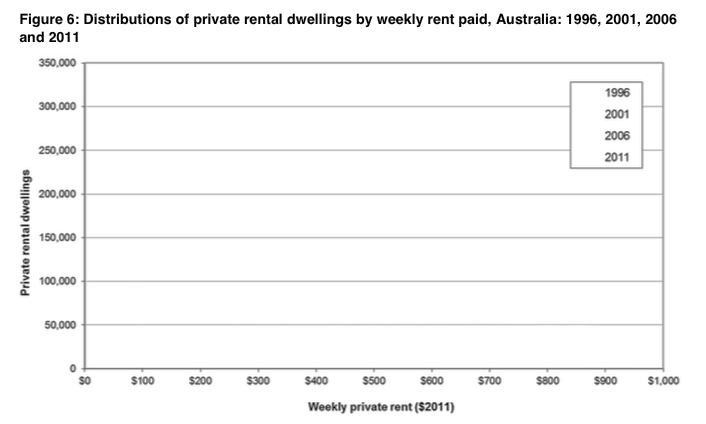This is the text of an address I gave to the Housing Theory Symposium 2019 on 30th May. Thank you to the organisers, Dr Jathan Sadowski whose tweet is linked below and Dr Sophia Maalsen, for the invitation. For those who were in the room, there may have been hesitation, repetition or deviation from these written notes which I have not adjusted to reflect.
Thank you for inviting me to speak today. I’d also like to acknowledge that we have gathered on unceded lands of the Gadigal and pay my respects to elders past and present, and extend those respects to any Aboriginal or Torres Strait Islander people in the room. It’s significant we are meeting in National Reconciliation Week whose theme is
Grounded in Truth – a demand for a truth-telling that will allow all the people of this land to move forward together.
Australia has historically and continues to be adept at ignoring the suffering of people who it doesn’t really consider full citizens, and even furthering injustice through that wilful ignorance. While incomparable to the racially motivated horrors of Australian-Aboriginal relations, people who rent their homes – especially at the fringes of the private rental sector – suffer shades of this ignorance and lack of truth-telling – or perhaps, a lack of listening to the truth being told. Like water, and like housing, truth can be hard to grasp.
I’m to sketch out the housing landscape - I’m going to take a pretty broad view of that brief and sketch out some thoughts on how we have forgotten many people who rent their home.
An important part of how we construct informal housing is the support of the state for it. A property owner has the full weight of government seeking to enforce their right to housing, and profit.
Renters live under a patchwork of protections. The most formal tenants have legislated contracts, though with significant scope for customisation and therefore uncertainty and informality. There are some penalties where landlords fail to comply with the terms of the Act, but these are practically never applied.
So while landlords retain the weight of government to enact evictions and recover money, the vast majority of enforcement of the Act by tenants is by tenants. And where they do seek to enforce rights, they are subject to eviction, whether actual or the merely the possibility, in retaliation. The only real moderator of behaviour is the market - the risk of vacancy. An unreliable mechanism to be sure.
This is the best case scenario. Once you leave the Residential Tenancies Act, you may be covered by the Boarding Houses Act. You may be covered by the Australian Consumer Law if your landlord is considered to be in business. You may be covered with very little protection by the Landlord and Tenant Act of 1899. A very small number are still in rent-controlled premises under the amendment in 1948. But many, even tens of thousands are covered by no legislative scheme at all.
But should we simply seek to formalise?
Many of you would be familiar with the Commonwealth Housing Commission quote from the 40s:
“We consider that a dwelling of good standard and equipment is not only the need but the right of every citizen – whether the dwelling is to be rented or purchased, no tenant or purchaser should be exploited for excessive profit.”
We have fallen a long way from the promises of those early housing policies, as imperfect as they might have been. But I wanted to remind us all that much of the work of the CHC was in slum-clearances. This was absolutely the informal housing of its time and it is striking the similarities to much of the informal housing we’re seeing today and I know will be in some of the upcoming presentations.
Public housing at arguably its peak was often built on formalising the informal. While we might say it was necessary because of the conditions of that informal housing, we also should acknowledge that sometimes the people living in the slums weren’t able to access the public housing that replaced it because it was too expensive. Formalising the informal does not always achieve what we might assume.
There’s a few more examples I’d like to touch on in this vein.
A few years ago, if you wanted to travel the world on the cheap you could do a hostel or if you knew people in the area you might be able to couchsurf. Famously, that is the origin story of Airbnb. We are watching as it evolves from an informal activity to commercial and now becoming embedded in the legal system.
Over the last 25-30 years we’ve seen community housing groups evolved from local activists and social workers responding to community needs (and government neglect) to bureaucracies embedded very much in the formal structures, utilising heavy-handed state powers to manage their tenancies and gradually losing the local, responsive nature which was the basis for many people’s support for growing the sector.
Share-housing, what some may argue is the highest form of informal housing in Australia at least, where people report forming lasting friendships and de-facto families as they step in to adulthood, is also becoming commercialised through companies like Cocoon turning the sharehouse life into a curated experience - for a price.
Boarding houses, another long-standing sector which floats between the edges of formal and informal housing, is transforming - real estate agents increasingly manage who enters the house blocking some people who have relied on the sector for years. Emerging models like the micro-apartments known as new-gen boarding houses, build-to-rent, iglu, urbanest, all arguably take different features of boarding houses at different times in their history and seek to formalise them.
But we still have a problem - so how do we address it? I’d suggest that what was missing in 1940s, and is still missing now, in all the housing types I’ve mentioned is centring the needs and desires of people living in these homes. More than infrastructure, housing is an essential service. Like water, electricity, government has an obligation to ensure housing gets to people where, when and how they need it.
Like water, if we do not get the supply of housing right, it will get to people in uncontrolled ways, providing too much to some and preventing others from getting enough. Along the way, some of it might get tainted and become unhealthy, unsafe. There will always be luxury water, sold in little bottles. But if we ensure cheap tap water continues to flow then those who need it will never go thirsty.









